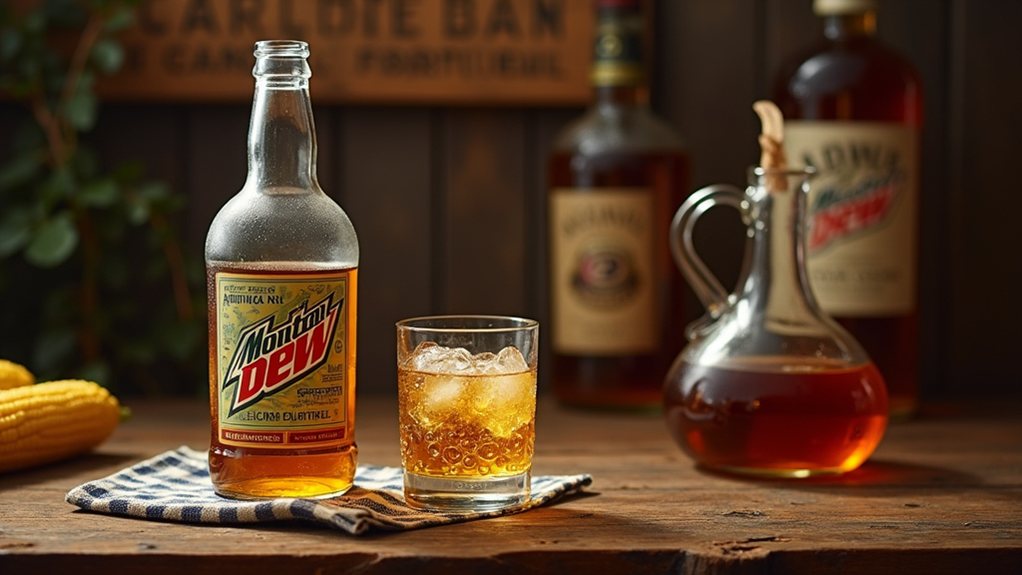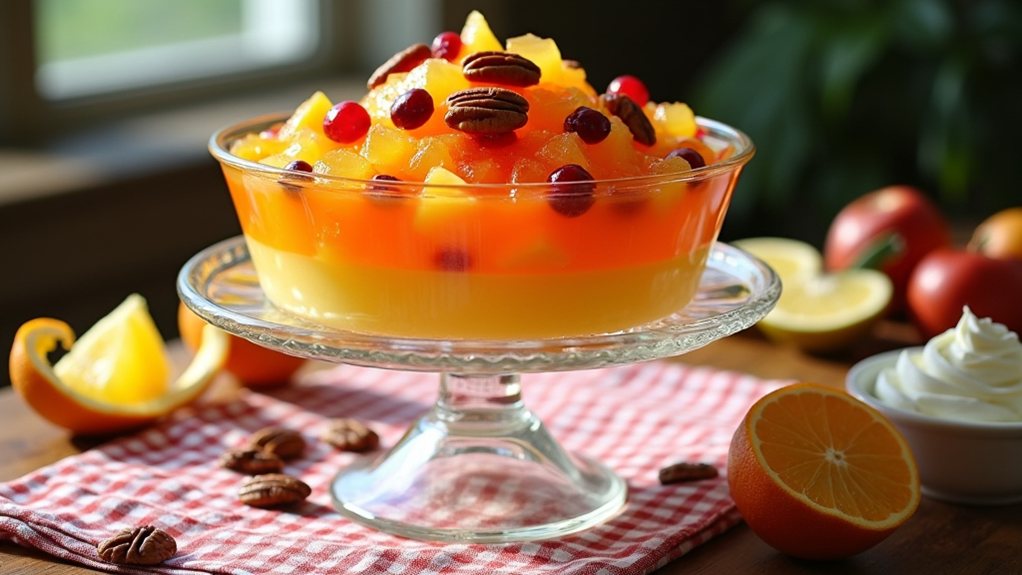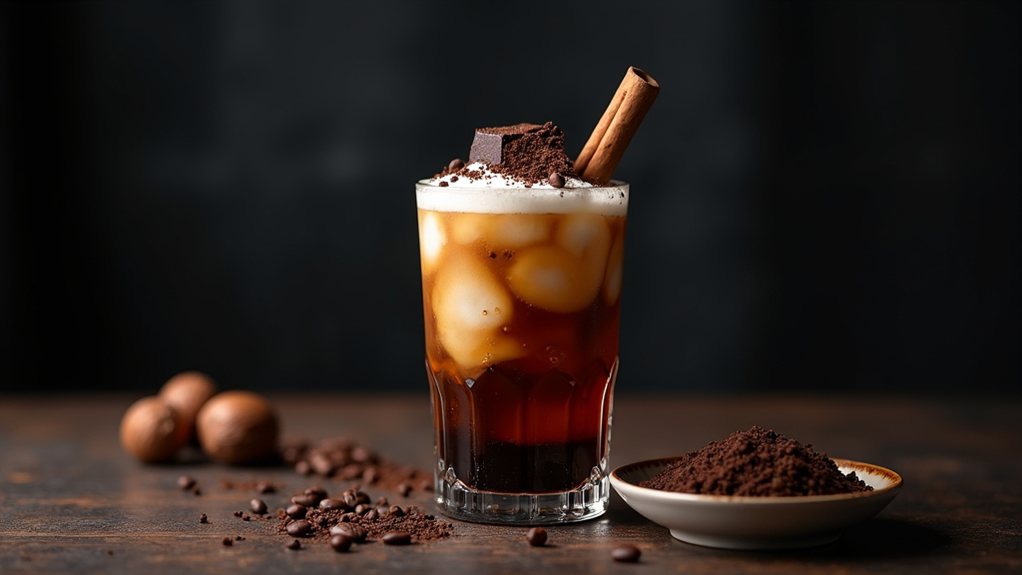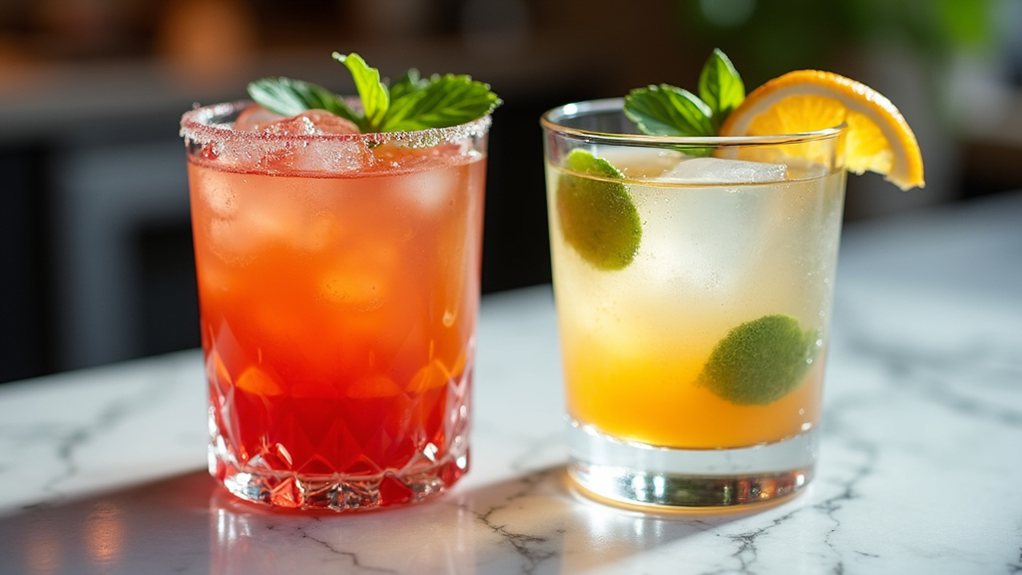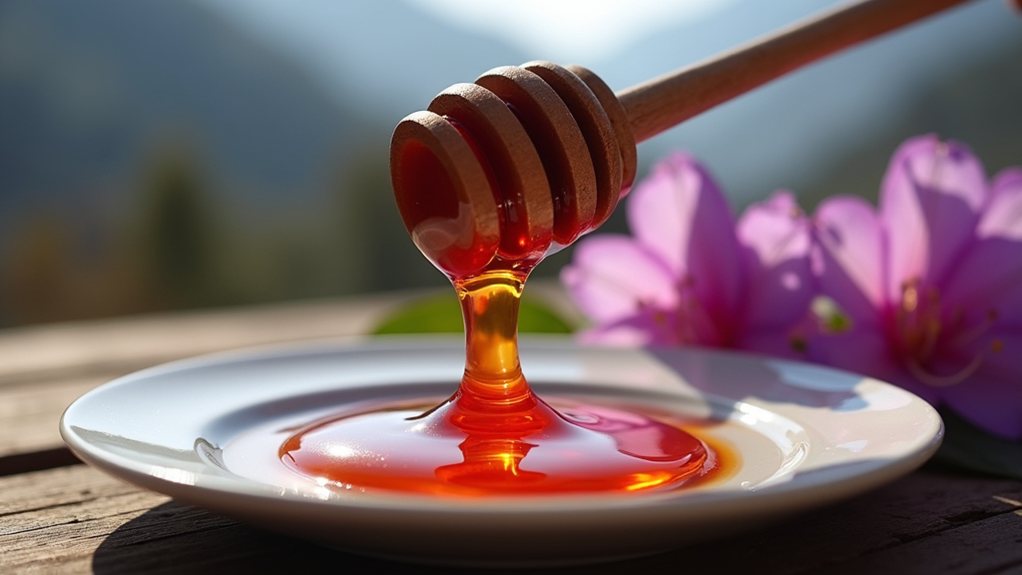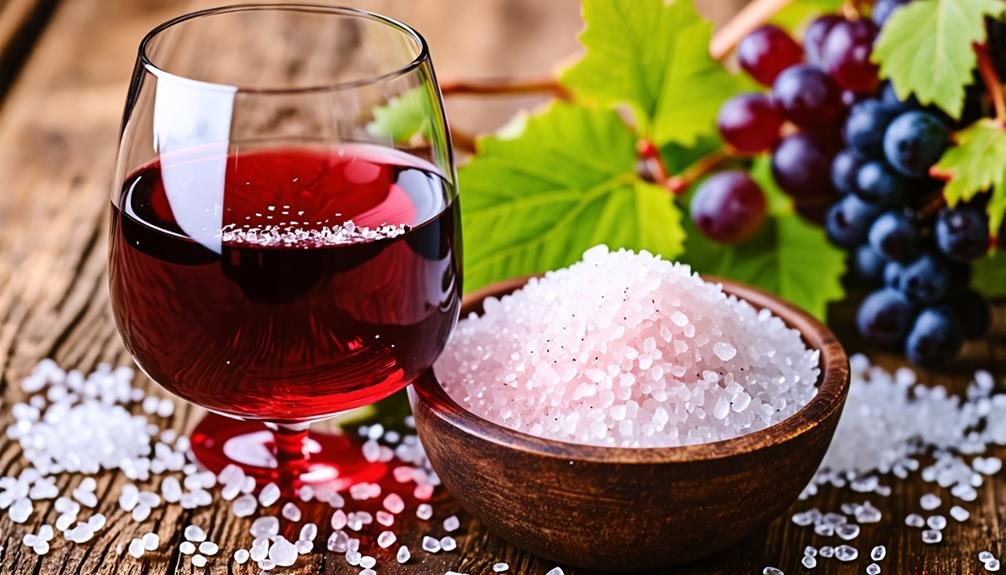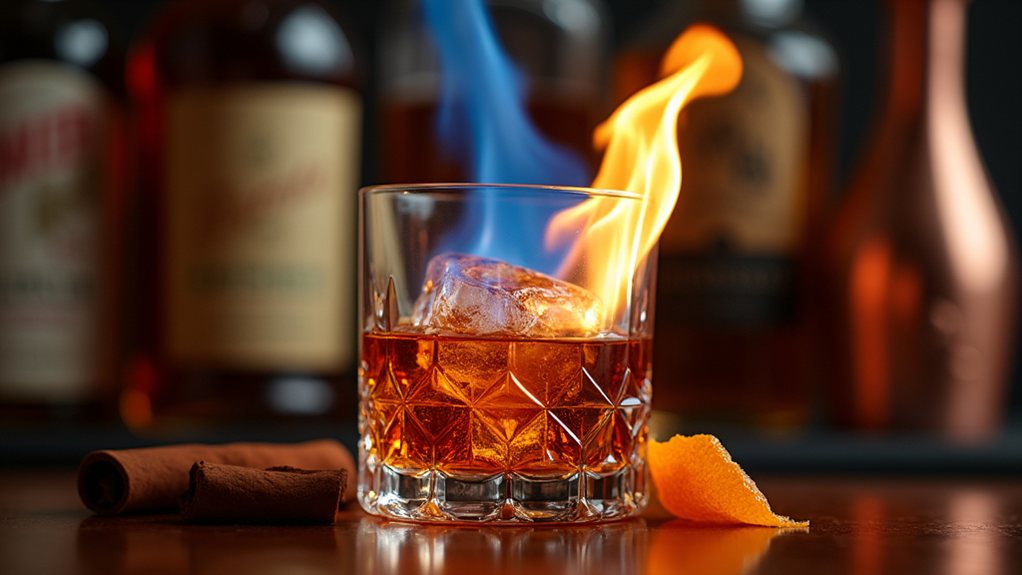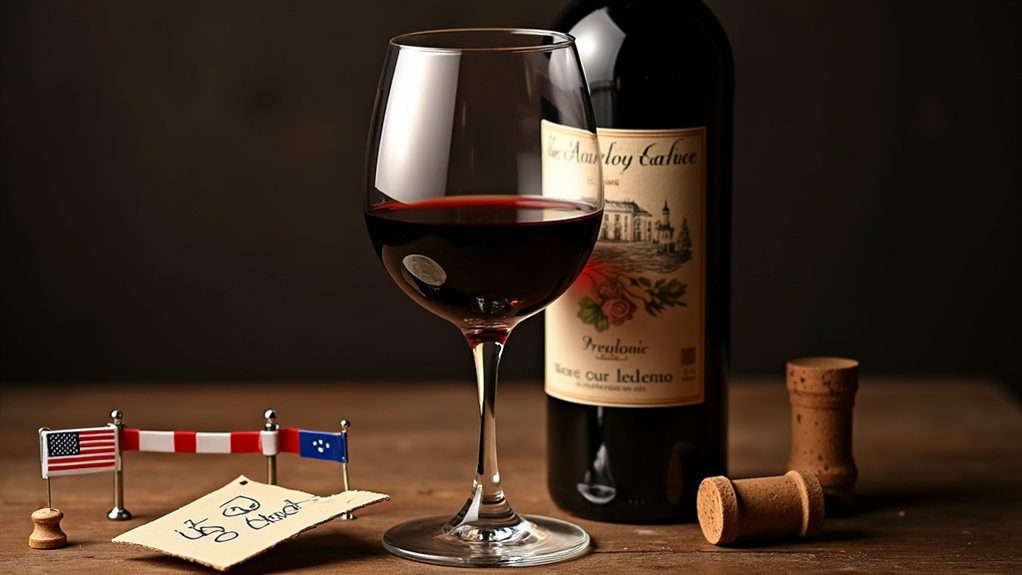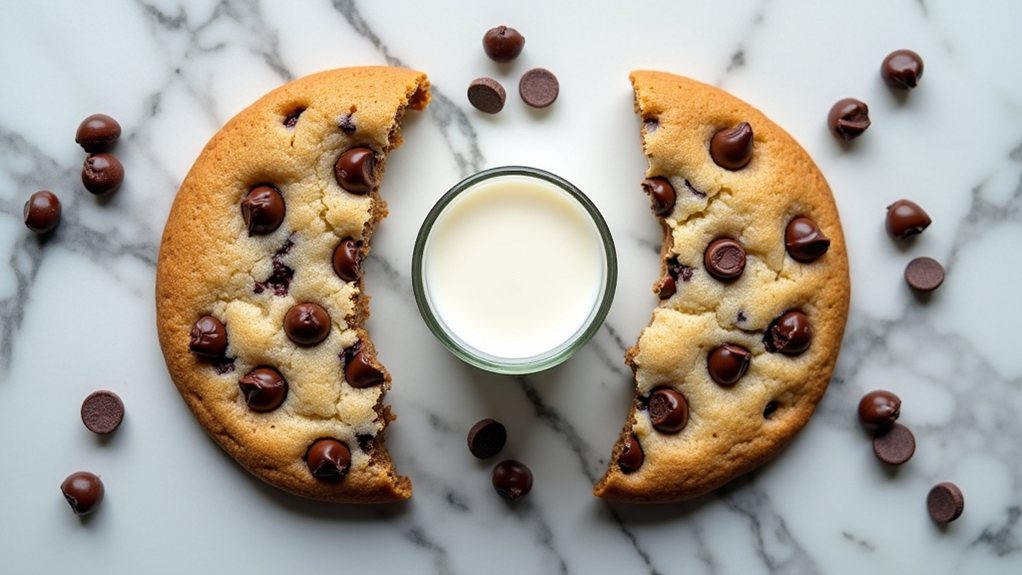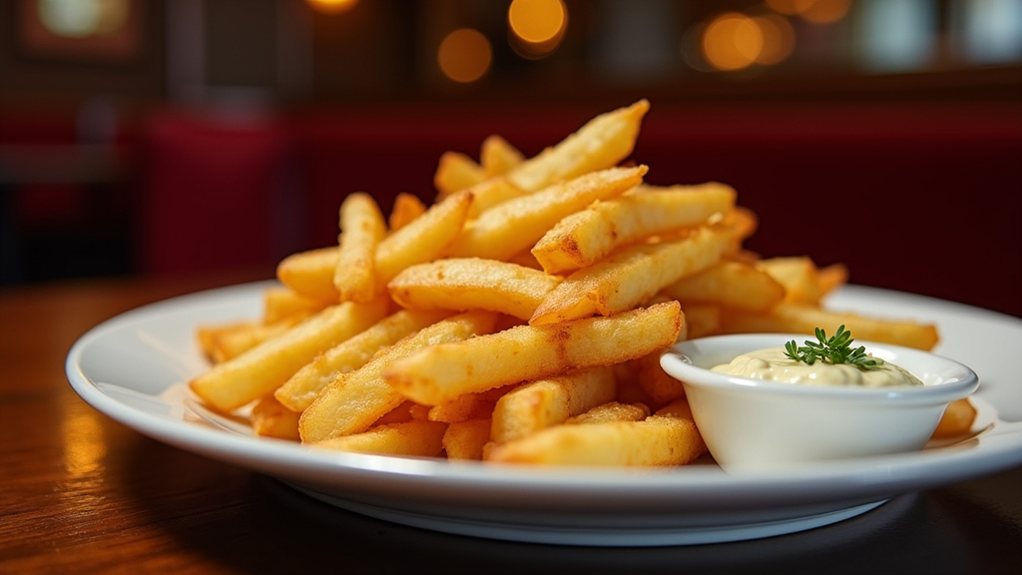Today's bright green Mountain Dew, recognized for extreme sports marketing and caffeine kicks, hides a surprisingly spirited past. Few consumers realize that this popular soda began life in the 1940s as a mixer specifically formulated to complement whiskey and bourbon. The Hartman brothers created their citrusy concoction to improve Kentucky spirits, not as the standalone beverage we are familiar with today. This forgotten origin story reveals how a humble mixer transformed into one of America's most recognizable soft drinks, leaving its whiskey-pairing days behind.
From Whiskey Mixer to Neon Energy Drink
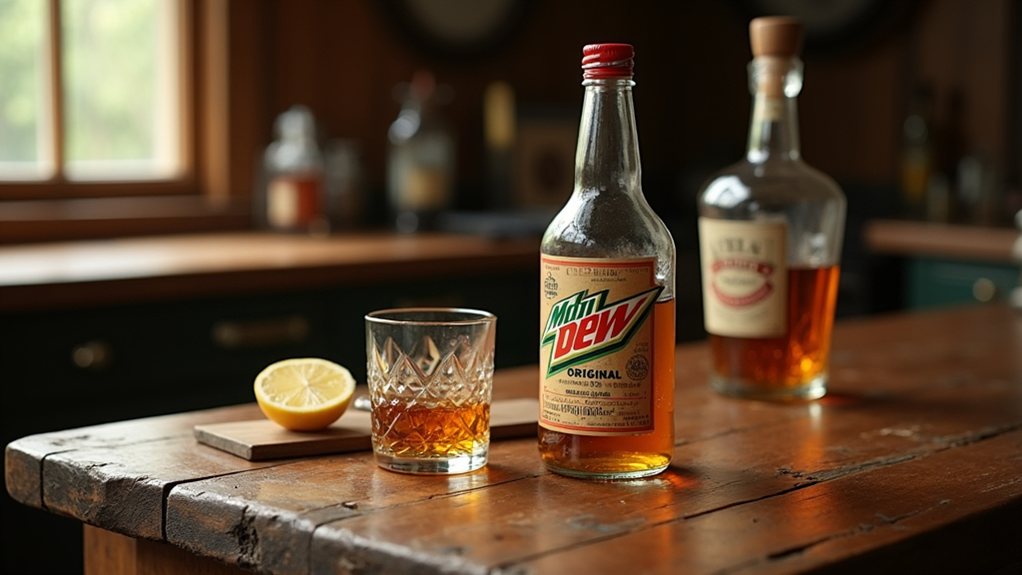
Long before it became the neon-green fuel for gamers and late-night study sessions, Mountain Dew had a much different purpose in American drinking culture. In the 1940s, brothers Barney and Ally Hartman developed the original Mountain Dew as a mixer specifically designed to complement whiskey and bourbon. Their creation stemmed from a practical problem: they simply couldn't find a suitable lemon-lime soda in their region to mix with their spirits of choice.
The name "Mountain Dew" itself reveals these spirited origins, as it was a common slang term for moonshine or homemade whiskey in Appalachian culture. The Hartman brothers' invention in the 1930s era actually predated many other popular soft drinks on the market. The brothers' early version bore little resemblance to today's caffeinated, bright yellow beverage, instead appearing as a clear soda more similar to 7-Up or Sprite. Their marketing cleverly played on Southern heritage, describing the drink as "zero-proof hillbilly moonshine that will tickle your innards," a far cry from the extreme sports and gaming associations of modern campaigns. Modern taste tests have confirmed that Mountain Dew's citrus flavor and effervescence create a complementary pairing with corn-based whiskeys.
Mountain Dew's clear, moonshine-inspired beginnings marketed Southern charm before extreme sports took over.
When the Hartmans initially sought distribution advice, they approached Coca-Cola, who showed little interest in their creation. This rejection ultimately led to Pepsi acquiring the brand in 1964, marking the beginning of Mountain Dew's transformation. Pepsi maintained some original elements like the "Grandpappy" hillbilly mascot for a time but gradually shifted toward broader appeal, eventually distancing the product from its whiskey-mixing roots.
The technological evolution of Mountain Dew's formula paralleled its cultural repositioning, with the addition of high-fructose corn syrup, caffeine, and its signature yellow dye dramatically altering the original recipe. These changes reflected broader shifts in American consumer culture and beverage manufacturing.
Today, few Mountain Dew enthusiasts realize that when they crack open a bottle, they're holding a piece of Prohibition-era cultural history, a drink originally conceived not as a standalone refreshment but as the perfect companion to Kentucky's finest spirits.
